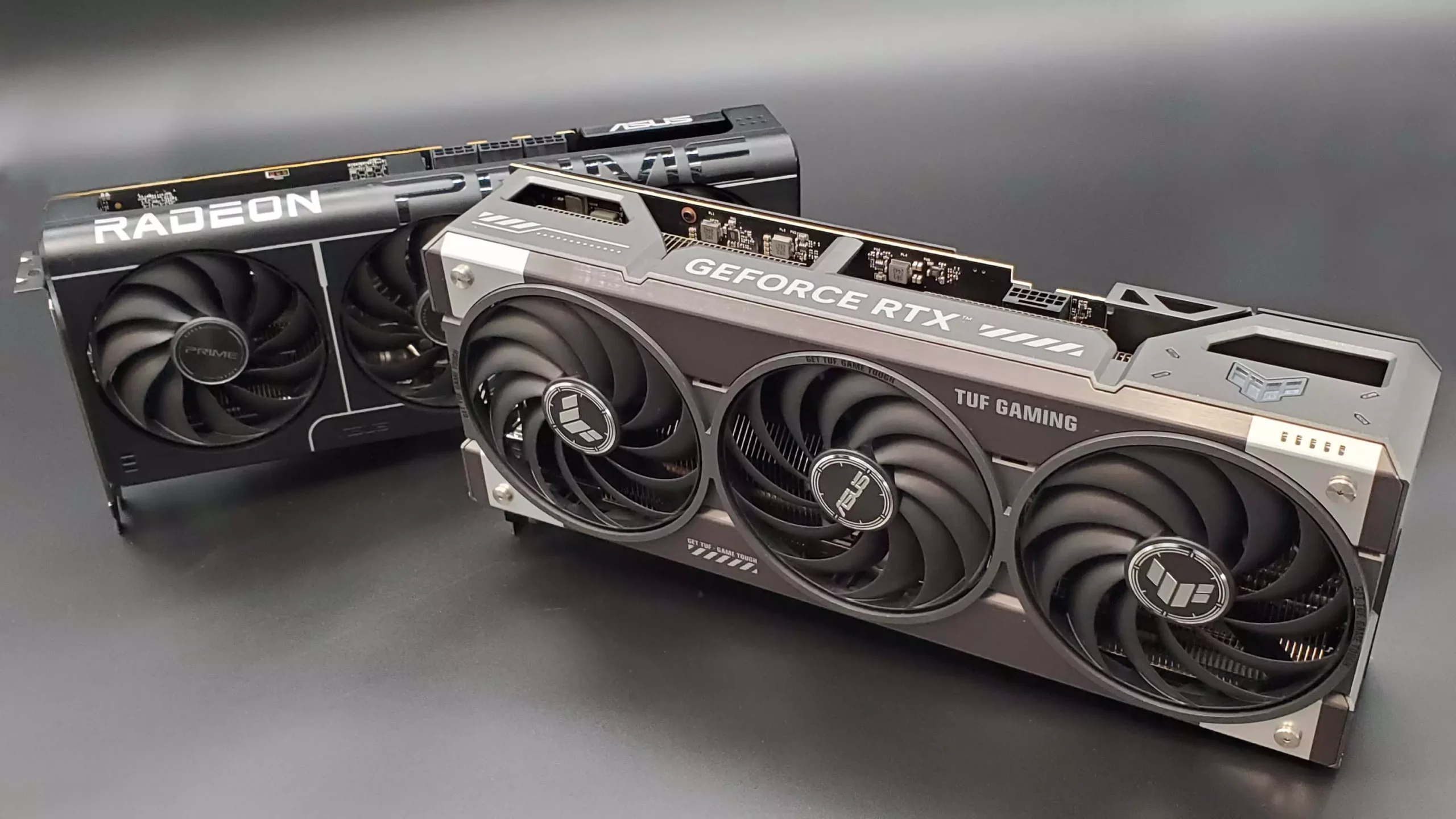As the technology world gears up for Computex, excitement buzzes around new graphics cards, particularly in the entry-level segment. The rumored AMD Radeon RX 9060 XT has captured the attention of gamers and enthusiasts alike. The chatter surrounding this release points towards vast potential for reshaping the budget graphics landscape, especially with an expected 8 GB version. The stakes are high, and AMD seems poised to shake things up in a market yearning for quality yet affordable options.
Resilient Rumors: A Glimpse into AMD’s Strategy
While rumors swirl around the potential discontinuation of the 8 GB variant of the RX 9060 XT, sources like Benchlife remain steadfast. Their assertions suggest that AMD is not merely capitulating to competitor movements, particularly in light of Nvidia’s recent strategies. The speculation that AMD would entirely cancel the 8 GB offering seems unfounded when considering the broader picture.
What seems to be influencing this conversation the most is how Nvidia has approached its graphics card releases and market strategies. The clear prevalence of 16 GB cards in their lineup and reviews instigates a narrative that more memory equates to greater performance. However, dismissing an 8 GB option outright ignores the realities of gaming needs and budgets. With high-performance requirements often driven by specific titles rather than blanket standards, this offers room for an 8 GB card to carve its niche.
Market Dynamics: The Role of Memory in Gaming
Critics often decry 8 GB of VRAM as insufficient, particularly looking towards 2025 and beyond. This perspective, however, is dismissive of how games work. The reality remains that many AAA titles continue to run smoothly with just 8 GB—and the key lies in the optimization and architecture of these games. AMD’s focus on developing efficient graphic solutions may just give the RX 9060 XT a chance to perform admirably within its targeted market.
In an environment where pricing has become critical, the launch of an entry-level card with 8 GB could create much-needed competition. This segment has suffered from stagnation, particularly with inflated prices due to limited stock. A budget-friendly option can invigorate gamers who are eager for performance without breaking the bank.
Performance Projections: Analyzing the Competition
Performance expectations for the RX 9060 XT suggest a card that could potentially offer power close to half of the more advanced RX 9070 XT. While this may not blow the competition out of the water, it places the RX 9060 XT firmly in a good position for budget-conscious gamers. Leaks of its architecture indicate that it may boast similar shader cores to the RX 7600 XT, albeit with enhanced clock speeds. These specifications hint at the possibility of commendable performance that could adequately meet the needs of many gaming enthusiasts.
Moreover, the power of AMD’s RDNA 4 architecture should not be underestimated. With supportive technologies like FSR 4 upscaling and frame generation capabilities, there’s a good chance the RX 9060 XT can close the historical gap with Nvidia’s offerings. Amidst all this speculation, the excitement lies not just in the numbers, but the expected gaming experience this graphics card could deliver.
Market Anticipation: Why Options Matter
With the imminent release of the RX 9060 and RX 9060 XT, coupled with Nvidia’s launch of the RTX 5060, the gaming market may be on the precipice of a renaissance. The commitment of both companies to offer options at different tiers reflects an understanding of the current economic climate faced by consumers. As gamers navigate tighter budgets, having multiple pathways to powerful yet affordable graphics processors is essential.
Exciting developments are afoot, and the dynamic between AMD and Nvidia continues to evolve. By leaning into the demand for entry-level hardware, AMD’s potential decisions can craft narratives of accessibility and performance, drawing enthusiasts and casual gamers alike back to PC gaming.
Ultimately, the buzz surrounding the RX 9060 XT serves as a testament to the belief in an engaged community of users who deserve access to powerful technology without being financially oppressed. The future of gaming graphics may just rest in AMD’s hands, and it’s thrilling to think about the possibilities.

